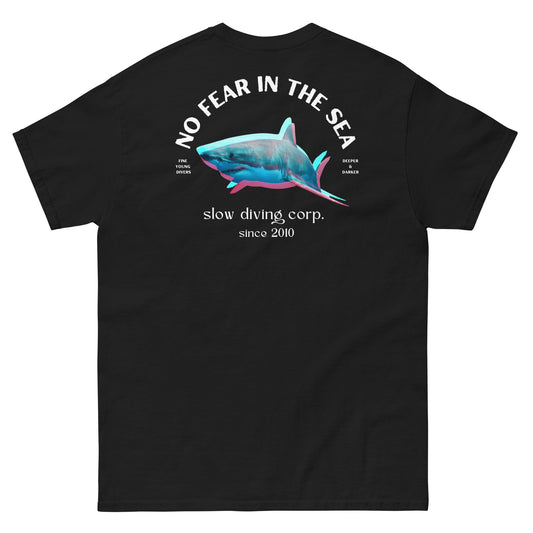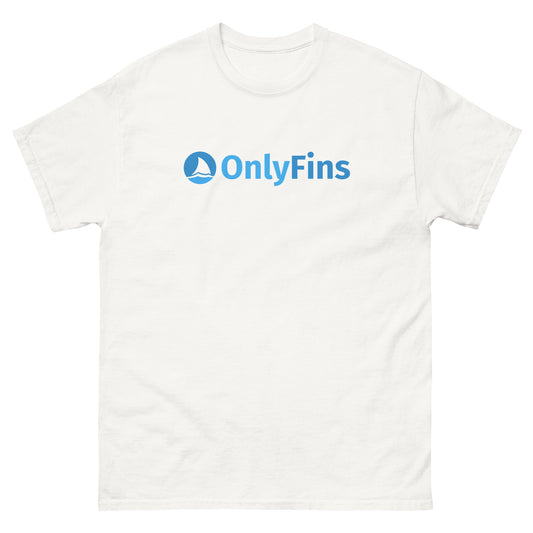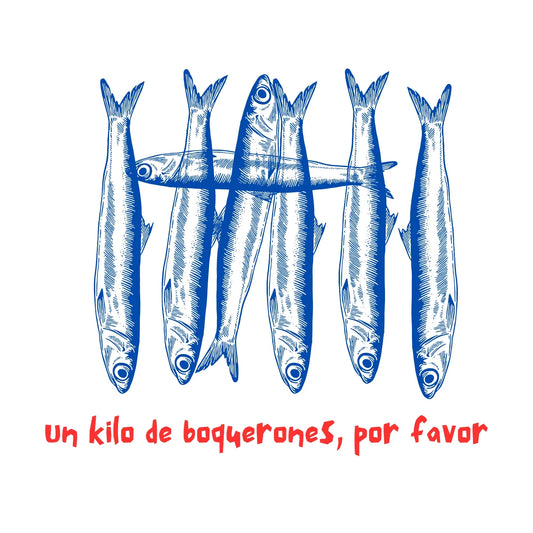Seahorses are a group of marine fishes comprising 55 species of the genus Hippocampus. Seahorses are found primarily in tropical and warm waters around the world, seeking shelter in seagrass beds, estuaries, coral reefs and mangroves.
Seahorse Morphology
Seahorses vary in size from 1.4 centimeters in length for the smallest, the Satomi Pygmy Seahorse (Hippocampus satomiae), to 35 centimeters for the largest, the Potbellied Seahorse (Hippocampus abdominalis). Seahorses are scaleless bony fishes with a very thin skin over a series of bony plates. These plates are arranged in rings along the body, although the number of rings varies between species. The head of the seahorse is crowned with protuberances that allow each individual to be distinguished.
Seahorses swim vertically. Another characteristic not shared by their closest relatives, such as seahorses, which swim horizontally. The neck of seahorses is flexible and well defined, another feature that distinguishes them from other fish. Seahorses are very slow swimmers and move along the bottom by rapidly flapping the dorsal fin (up to 35 times per second) and using the pectoral fins, located behind the eyes, as a rudder.
Since they are not very good swimmers, they are often found resting with their prehensile tails clinging to coral or algae. The seahorse's long snout, which gives it its common name, is used to ingest prey. They have eyes that can move independently, like chameleons.
Reproduction of Seahorses
One of the most striking features of these fish is that it is the male seahorse that gives birth to the young. The male, which has a ventral pouch, houses up to 1,500 eggs that the female deposits in this pouch and the male incubates them for 9 to 45 days until tiny seahorses emerge fully developed.
Once released into the water, seahorses are completely self-sufficient, but less than 0.5% of these seahorses will survive to adulthood, as they are vulnerable to being eaten by countless organisms or swept away by currents from the safety of Neptune's grass meadows or coral reefs, where they die of exhaustion due to their poor swimming ability.
Male seahorse giving birth to 1,800 seahorses
Feeding
Seahorses are carnivorous fish that feed mainly on small crustaceans floating or crawling on the bottom, but also include larvae, fish or invertebrates in their diet. Their hunting technique is based on camouflage and ambushes to capture small organisms in their mouths. Although it may seem otherwise, they are very voracious fish, capable of eating 3,000 artemia per day.

Pontoh's pigmy seahorse (Hippocampus Pontohi). Pic by prilfish
Seahorse Conservation and Threats
The difficulty of studying seahorses, coupled with the fact that their numbers are unknown, prevents an assessment of their status and risk of extinction. What is known is that some of their habitats, such as seagrass beds or coral reefs, are being severely degraded, directly affecting these fish.

Pigmy seahorse (Hippocampus bargibanti). Pic by PacificKlaus
Seahorses are also plundered by aquarium hobbyists who buy or catch these fish without knowing that they usually die very quickly because they only eat live prey and suffer a lot of stress in aquariums, making them very susceptible to disease.
One of the greatest threats to seahorses is their capture for use in traditional Chinese medicine, for which an estimated 20 million seahorses are caught in their natural habitat each year, as captive-bred seahorses are not suitable for these "medicinal" practices.






















